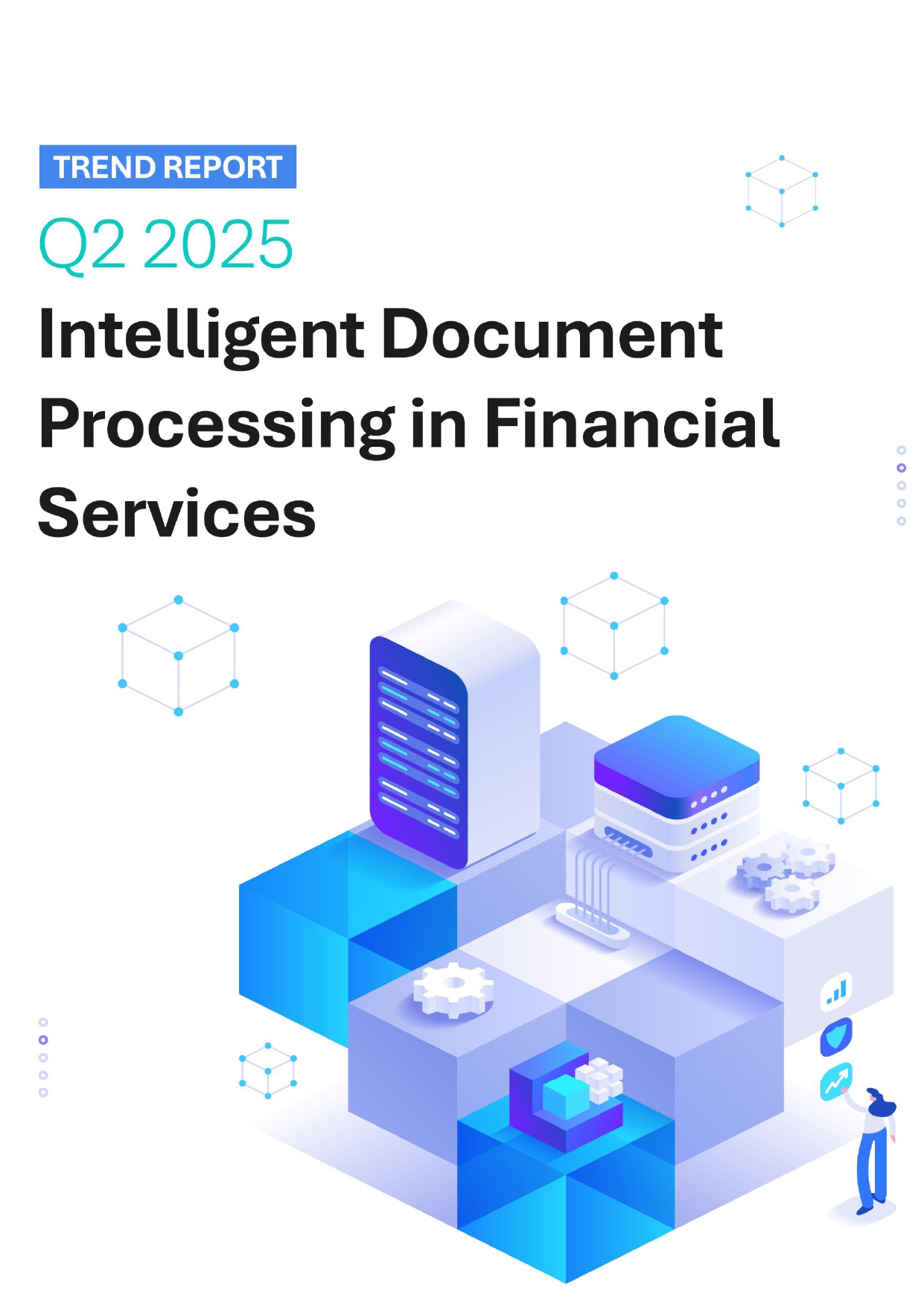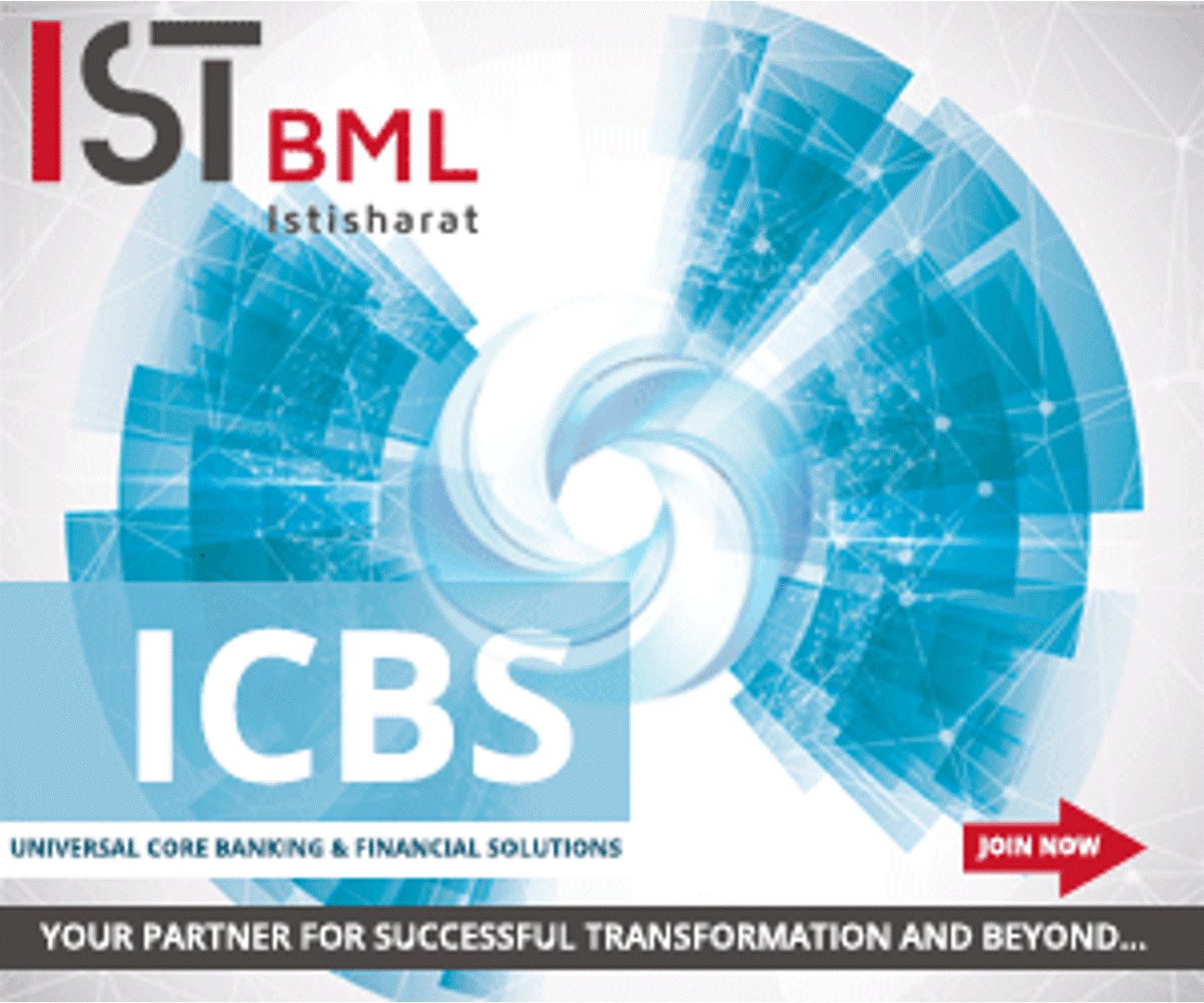 Back
Back
What is the impact of real-time payments on APAC’s eCommerce?
By Puja Sharma
 FYST, a one-stop payments consultancy for eCommerce businesses, released the second installment of its new three-part report, ‘The Map of World Payments’, that drills deep into eCommerce payment trends across the Asia-Pacific region.
FYST, a one-stop payments consultancy for eCommerce businesses, released the second installment of its new three-part report, ‘The Map of World Payments’, that drills deep into eCommerce payment trends across the Asia-Pacific region.
FYST’s exclusive proprietary data gathered across 12 countries (Australia, New Zealand, India, China, Japan, Thailand, South Korea, the Philippines, Bangladesh, Vietnam, Indonesia, and Malaysia) shines a light on the proportion of cards, bank transfers, digital wallets and other methods used for online payment in each nation.
Following on from the first chapter of FYST’s report, which focused on the Middle East and Africa, this second installment on the Asia-Pacific region underlines the dominance of digital wallets like WeChat Pay, Alipay, and Grab in local eCommerce trends. Digital wallets represent nearly 70% of eCommerce transaction value across the region as a whole, and growth rates suggest no sign of slowing down.
With its mission to empower merchants serving these regions to tap into more revenue opportunities by offering locally-used payment methods, the report outlines which payment methods and card types are used in each country.
But crucially, the report also details other locally-used payment methods in each profiled country, giving merchants valuable insights that they can use to optimise their online checkouts, reduce cart abandonment rates, and boost sales.
With the value of cross-border payments anticipated to hit $250 trillion by 2027, the launch of the report is timely, as eCommerce businesses move beyond merely offering digital payment capabilities to seek full 360-degree advice and support, and first-hand market insights to help them unlock new opportunities in the fast-evolving eCommerce space. FYST brings together leading payment and fintech innovators under one brand, combining unparalleled technical ingenuity, and in-depth tailored advice to help fledgling businesses to scale up successfully.
Ryta Zasiekina, CEO of FYST, said, “The Asia-Pacific region is known as the birthplace of the digital wallet, and it’s become the dominant payment method for eCommerce across the continent, helped by the surging popularity of China’s WeChat Pay and Alipay. Given their popularity in the Asia-Pacific region and across the world, it’s simply not an option for merchants to ignore these two digital wallet giants, regardless of wherever they are located.
“But other forces are now emerging to reshape the Asia-Pacific payments landscape. In such an incredibly diverse region, with vastly differing payment habits in each market, we’re seeing how infrastructure improvements like the introduction of real-time and instant payment systems are helping to promote financial inclusion, which in turn generates economic growth. Given that bank transfers and account-to-account payments tend to be lower in cost than card payments, it will be interesting to revisit our data in the future to see just how big of a bite has been taken out of card volumes.”
“These market-specific nuances detailed in FYST’s ‘Map of World Payments’ report will provide merchants with the valuable insights they need to tailor their online checkouts with locally used payment methods, empowering them to capture and convert more transactions and reduce cart abandonment rates. That’s our mission at FYST, to guide merchants at every step of their journey into global eCommerce with levels of personalised support unmatched in the market.”
Key Highlights:
- Cross-border payments consultancy FYST releases ‘Map of World Payments – Asia-Pacific’ report, unveiling exclusive data showing how eCommerce in the region is being reshaped by digital payments innovations
- While digital wallets form 70% of regional eCommerce payments, launches of real-time and instant payment systems in the Philippines and Indonesia will drive up usage of bank transfers and take share away from cards
- BNPL eCommerce transactions rising in mature markets like Australia, while cash-on-delivery comprises 90% of online payments in less-developed markets like Bangladesh
- In mature markets like New Zealand, BNPL services are set to comprise around 17% of eCommerce expenditure by 2025
- The introduction of real-time payment infrastructure is a game-changer in markets like Indonesia and the Philippines, and is set to spur usage of A2A transfers for eCommerce transactions
- In nascent eCommerce markets such as Bangladesh, cash-on-delivery comprises around 90% of online transactions, but internet and mobile infrastructure improvements will see their share decline in favour of mobile payment options.
IBSi FinTech Journal

- Most trusted FinTech journal since 1991
- Digital monthly issue
- 60+ pages of research, analysis, interviews, opinions, and rankings
- Global coverage
Other Related News
Related Reports

Sales League Table Report 2025
Know More
Global Digital Banking Vendor & Landscape Report Q2 2025
Know More
NextGen WealthTech: The Trends To Shape The Future Q4 2023
Know More
Intelligent Document Processing in Financial Services Q2 2025
Know More


